War and parkour
For teens in war-torn countries like Syria, the risky sport provides escape
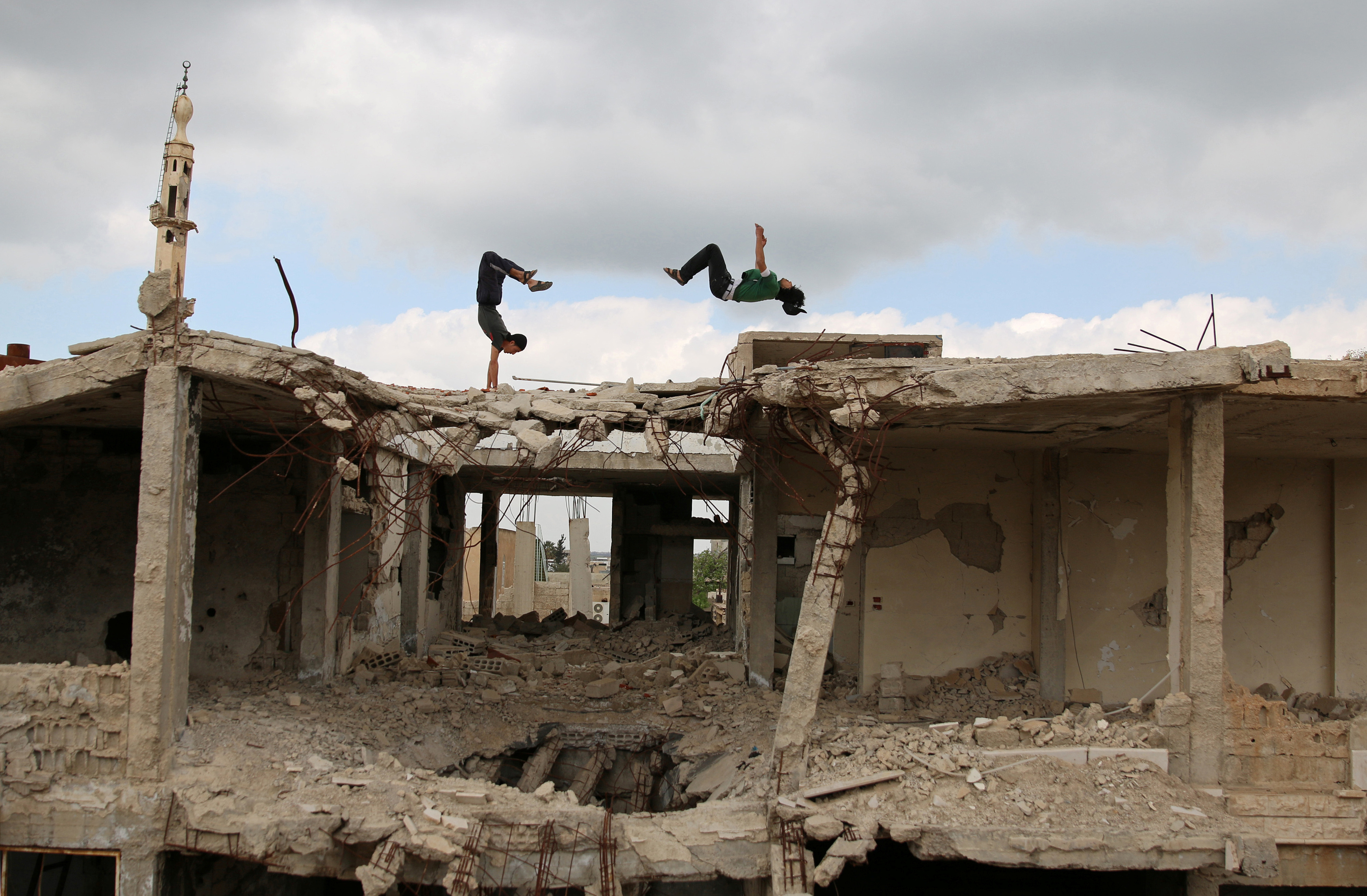

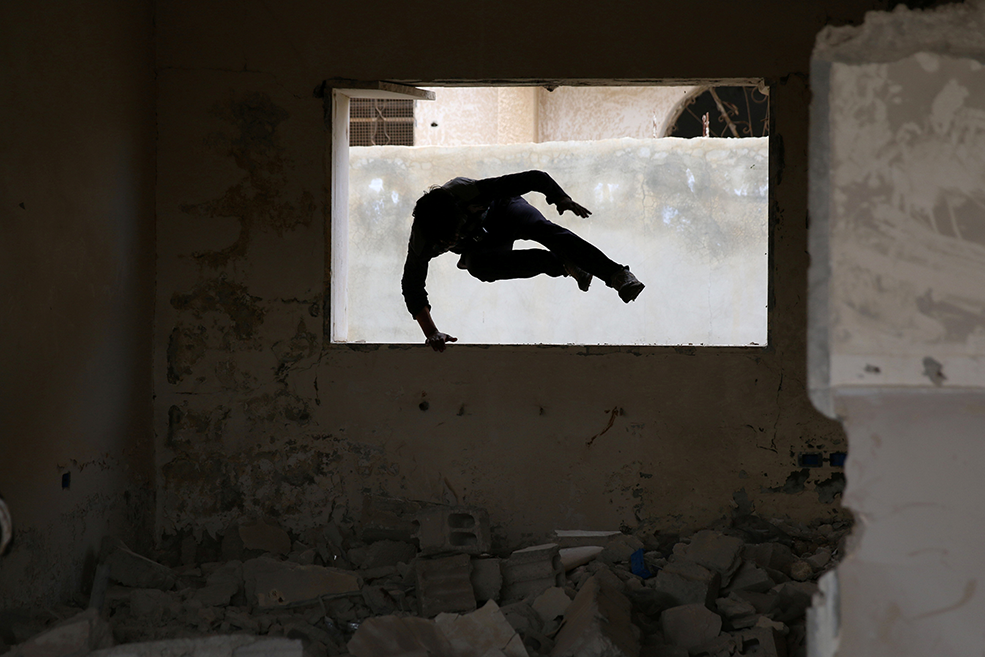
(REUTERS/Alaa Al-Faqir)Kadiri brought the discipline back to Inkhil when he returned in 2015 and now leads a team of 15 teens to perform in some of the most challenging parts of town. Spectators often watch, and the team also records and photographs their moves to share on social media. Physical danger is always in the mix: Broken toes, bruises, and twisted necks happen regularly, and Kadiri was once bedridden for days after throwing his back out during a stunt. But the risk is part of the allure.
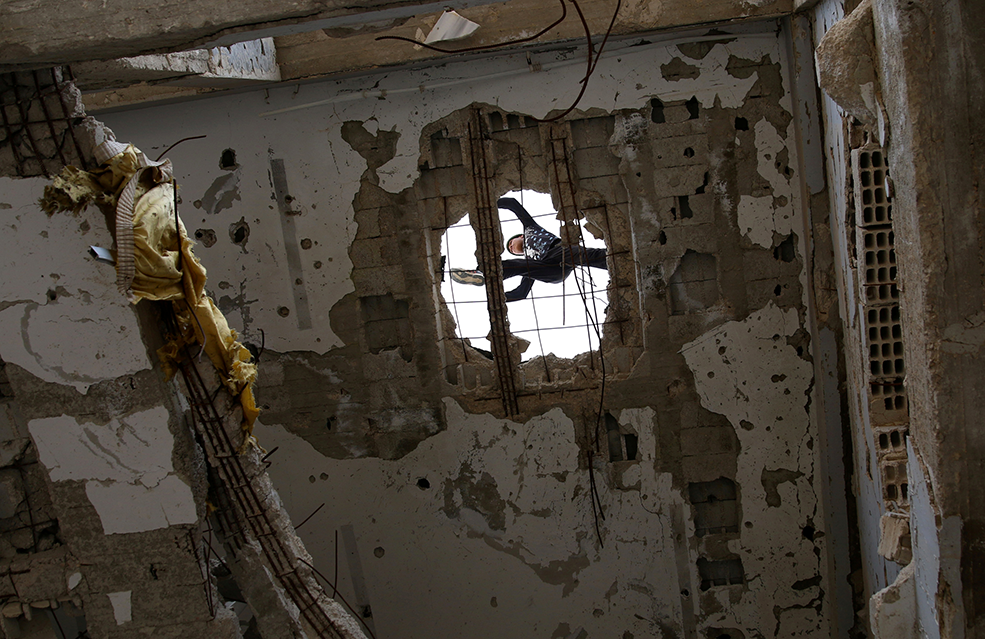
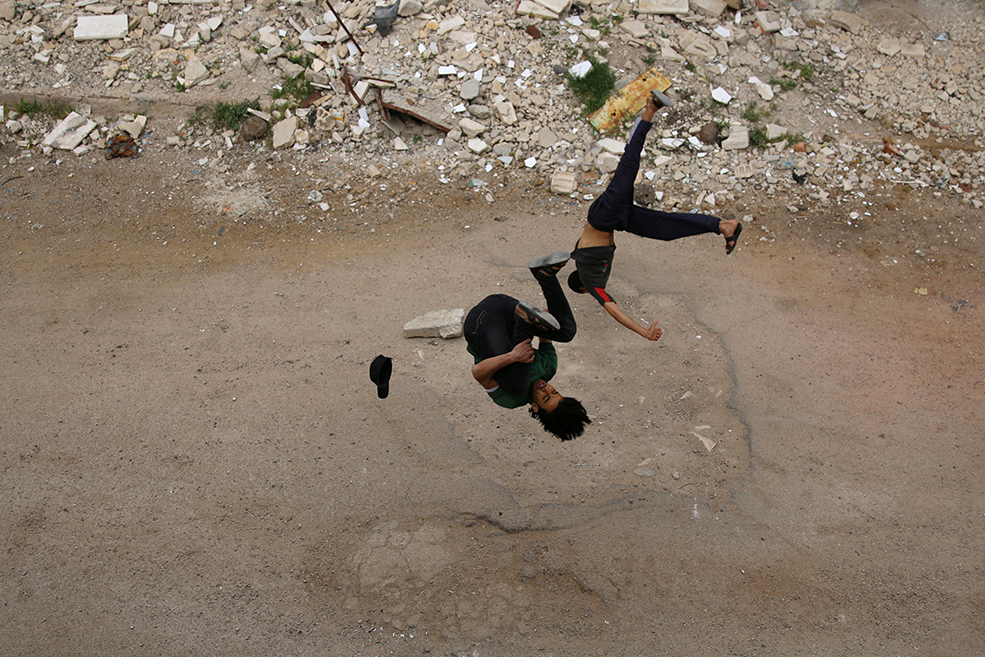
(REUTERS/Alaa Al-Faqir)For Kadiri and his team, parkour is about more than an adrenaline rush. "Parkour gets us out of the atmosphere of war and makes us forget some of our pain and sorrow," Kadiri told Reuters. "It makes me feel mythical."And the sentiment isn't unique to Inkhil: The sport has spread to other war-torn parts of the world — from Iran to Gaza and beyond — offering young people a way to feel powerful, to act their age, and gain a modicum of control in an otherwise chaotic existence."When I jump from a high place," an 18-year-old Syrian told Reuters, "I feel free."Here's a glimpse at the Inkhil parkour team's daring acrobatics.

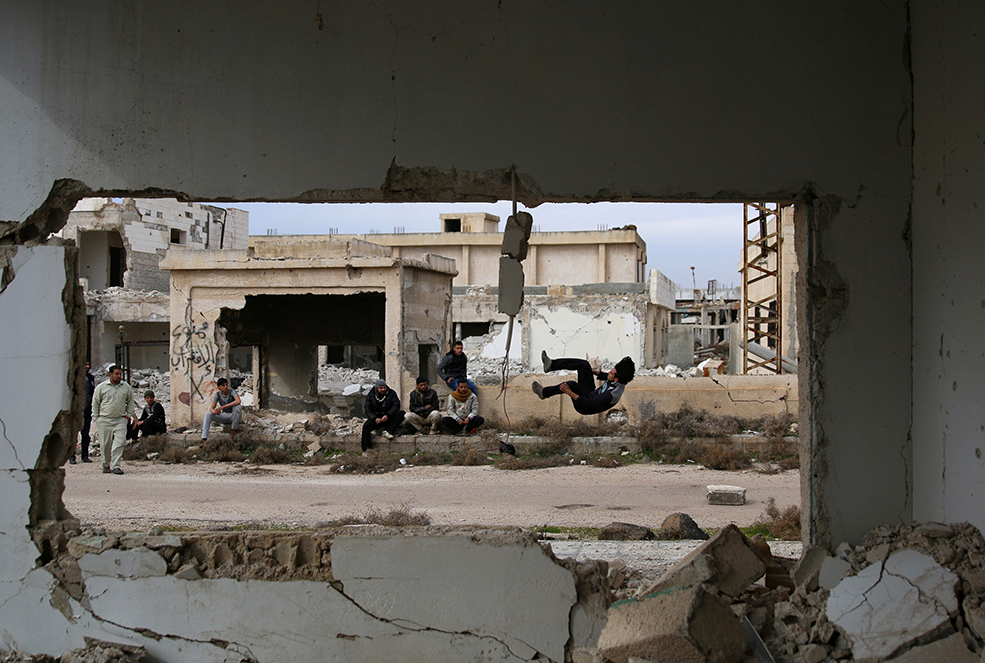
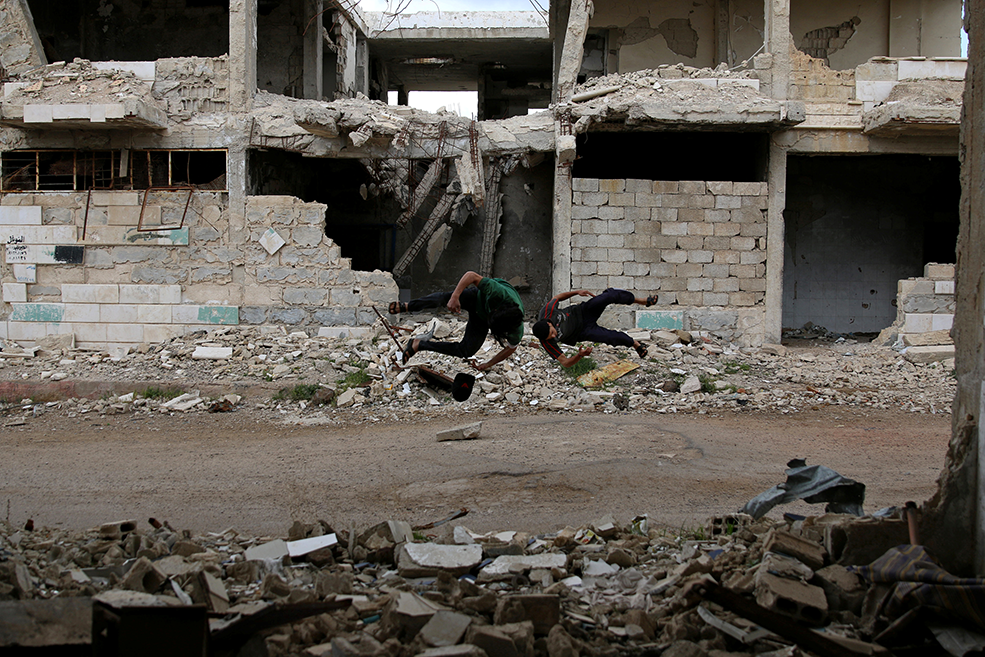
A free daily email with the biggest news stories of the day – and the best features from TheWeek.com
Kelly Gonsalves is a sex and culture writer exploring love, lust, identity, and feminism. Her work has appeared at Bustle, Cosmopolitan, Marie Claire, and more, and she previously worked as an associate editor for The Week. She's obsessed with badass ladies doing badass things, wellness movements, and very bad rom-coms.
-
 A fentanyl vaccine may be on the horizon
A fentanyl vaccine may be on the horizonUnder the radar Taking a serious jab at the opioid epidemic
-
 The 8 best comedy TV series of 2025
The 8 best comedy TV series of 2025the week recommends From quarterlife crises to Hollywood satires, these were the funniest shows of 2025
-
 Codeword: December 16, 2025
Codeword: December 16, 2025The daily codeword puzzle from The Week
